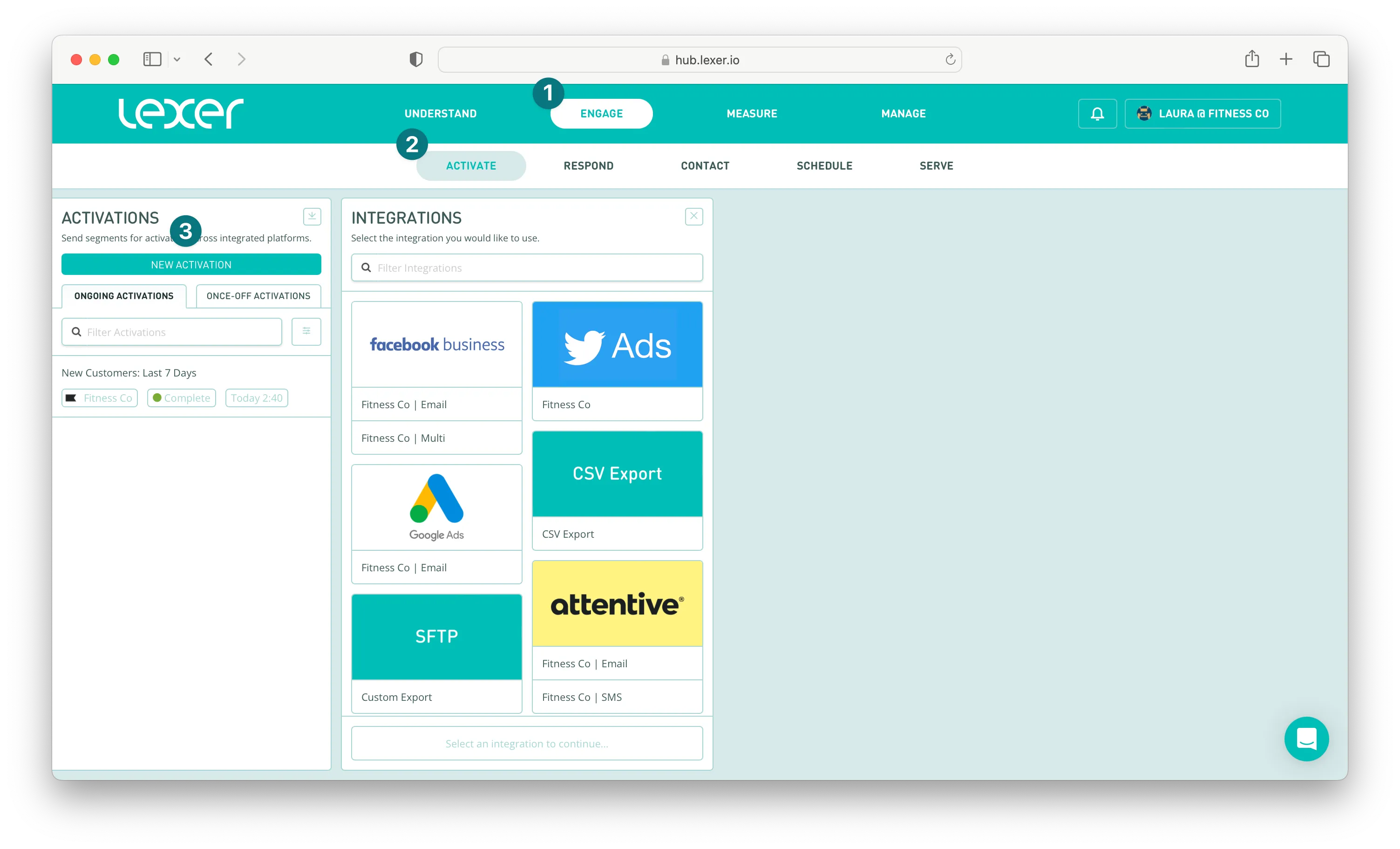Understanding customer intent: Effective message personalization for buyers who shop outside their gender
Understanding what your customers are purchasing, why they’re making these purchases, and who they’re purchasing for is important when you want to ensure your messaging is personalized, authentic, and effective.
Many brands will offer products for both men and women, and being able to differentiate when your customers are buying products for another gender is essential, because when you reach out to these customers you want them to feel like you know and understand them. There’s nothing worse than getting an email from a brand you love that misunderstands why you shop with them.
There are many different reasons why someone might shop for the opposite gender, but a couple of common examples include gifting, and buying for other members of their family and/or household.
Using Lexer, you can segment these customers and send them personalized content that showcases more products they can purchase when buying for other genders.
Before jumping in, if you need a refresher on how to create and save segments, we have some great content here. We’ll also be relying heavily on the Inferred Gender attribute to build the segments in this article, so if you’d like more information on this attribute before getting started, we have an article here.
Now, let’s get into it!
Identifying segments of customers who buy for a different gender
Using Lexer’s Segment Builder is the easiest way to identify segments of customers who make purchases for the opposite gender.
There are a few key attributes you can use to build these segments, with the main one being Inferred Gender. Using the Inferred Gender attribute can increase the distribution of your gender data because it uses the first name of each individual customer profile, applies some logic, and then infers a gender (male or female) based on this logic. It’s a great way to enrich your first-party data.
For this example, we’re going to create a segment of female customers who have shopped male products, and then take it further by showing you how you can activate this segment and send a post-purchase survey to these customers to understand a bit more about why they’re shopping for the opposite gender.
To get started, navigate to Understand > Segment and then to the PROFILES MUST HAVE ALL OF THESE section of the Segment Builder add the Inferred Gender attribute. Then filter for Female.
Now, with the next attribute you want to add to this segment, you have a couple of options depending on how your Hub has been set up and what data you’re sending to Lexer. You could use:
- Product Name
- Product Category
- Product Gender (Please note that this is not a standard attribute and can only be configured if you send this data to Lexer.)
In this example we’re going to use Product Name and then filter for our male products.
What this query is looking for is customers who are female, but have purchased products for men.

Hit Search, and you can then save this segment.
Now you’re ready to find out a little more about these customers and hopefully grow their lifetime value!
Understanding why your customers purchase for the opposite gender
The great thing about Lexer segments is that they’re dynamic, so when customers fit the criteria you’ve set they’ll automatically be included in the segment, whereas when they no longer meet the segment parameters they’ll be removed.
This means that you can really leverage a segment like this to find out more about your customers.
As we mentioned at the start of this article, one thing you could do is create a post-purchase survey for these customers asking why they bought what they did.
This is very easy to set up in your Hub using Form Builder. Simply navigate to Manage > Forms and get started!

We have more information here on how to create and publish a new form, plus a best practices guide here too.
When you’re ready to publish your form you have the option to copy a link that can be embedded in marketing materials such as emails and SMS. This is handy because now you can set up an ongoing activation that sends this link directly to customers that match the segment you built earlier.
Navigate to Engage > Activate and then set up a new, ongoing activation to your chosen channel. We have instructions for how to set this up here.

Once your activation is up and running, it will update each day and customers who meet the segment parameters will get sent your post-purchase survey.
This kind of zero-party data is invaluable because you’ll be able to build a picture of this customer cohort and understand why they’re buying for the opposite gender. For example, you may find out that your female customers are buying gifts for Father’s Day, so use this insight to inform your marketing creative when you want to run a Father’s Day campaign.
Gender segmentation and effective message personalization
Understanding why your customers are buying what they’re buying, especially when they’re making purchases for the opposite gender is important when you want to ensure your messaging is personal, authentic, and effective.
Next steps? Have a go at setting up this workflow in your own Hub, and if you have any questions, please reach out to your Success Manager or Lexer Support.

